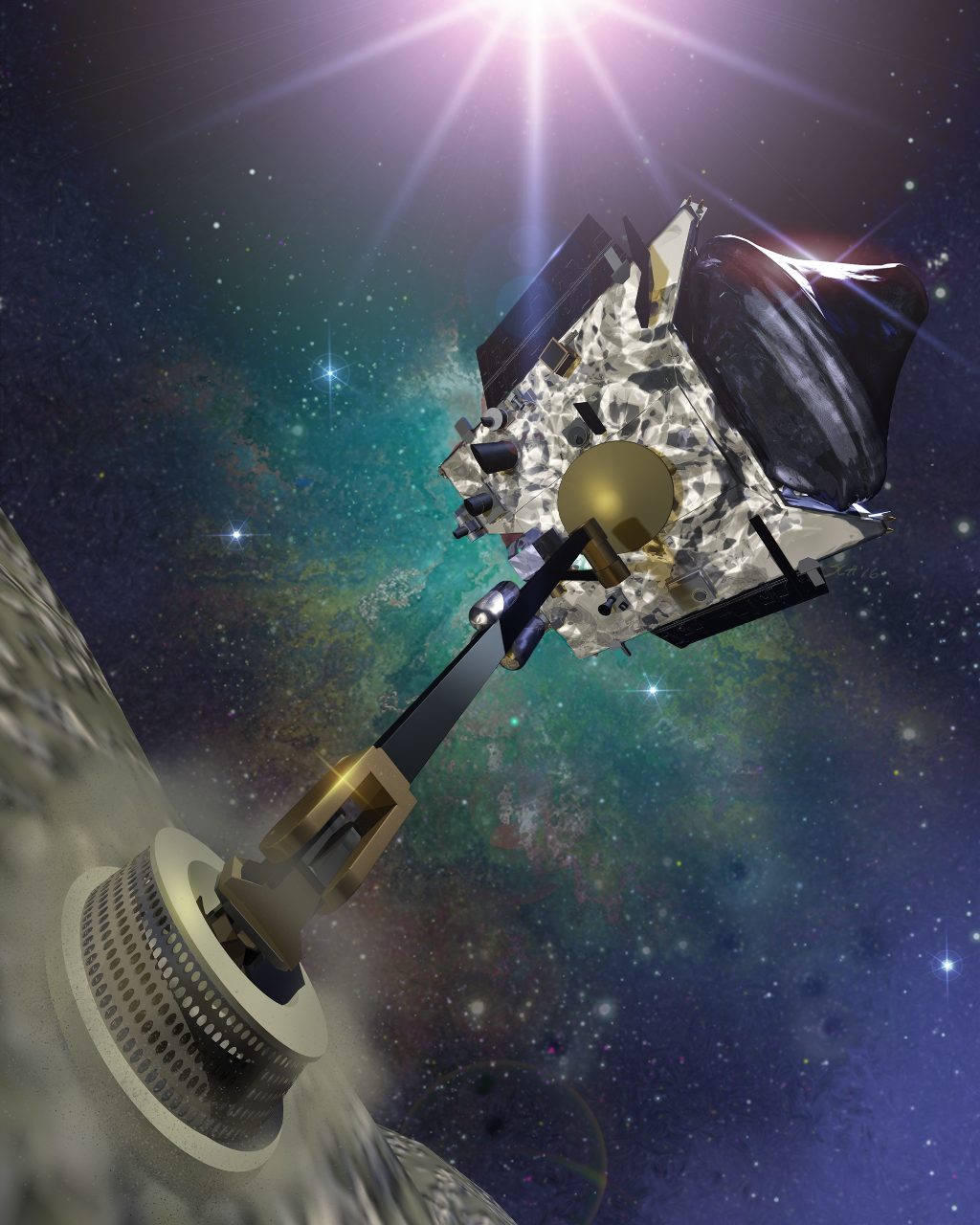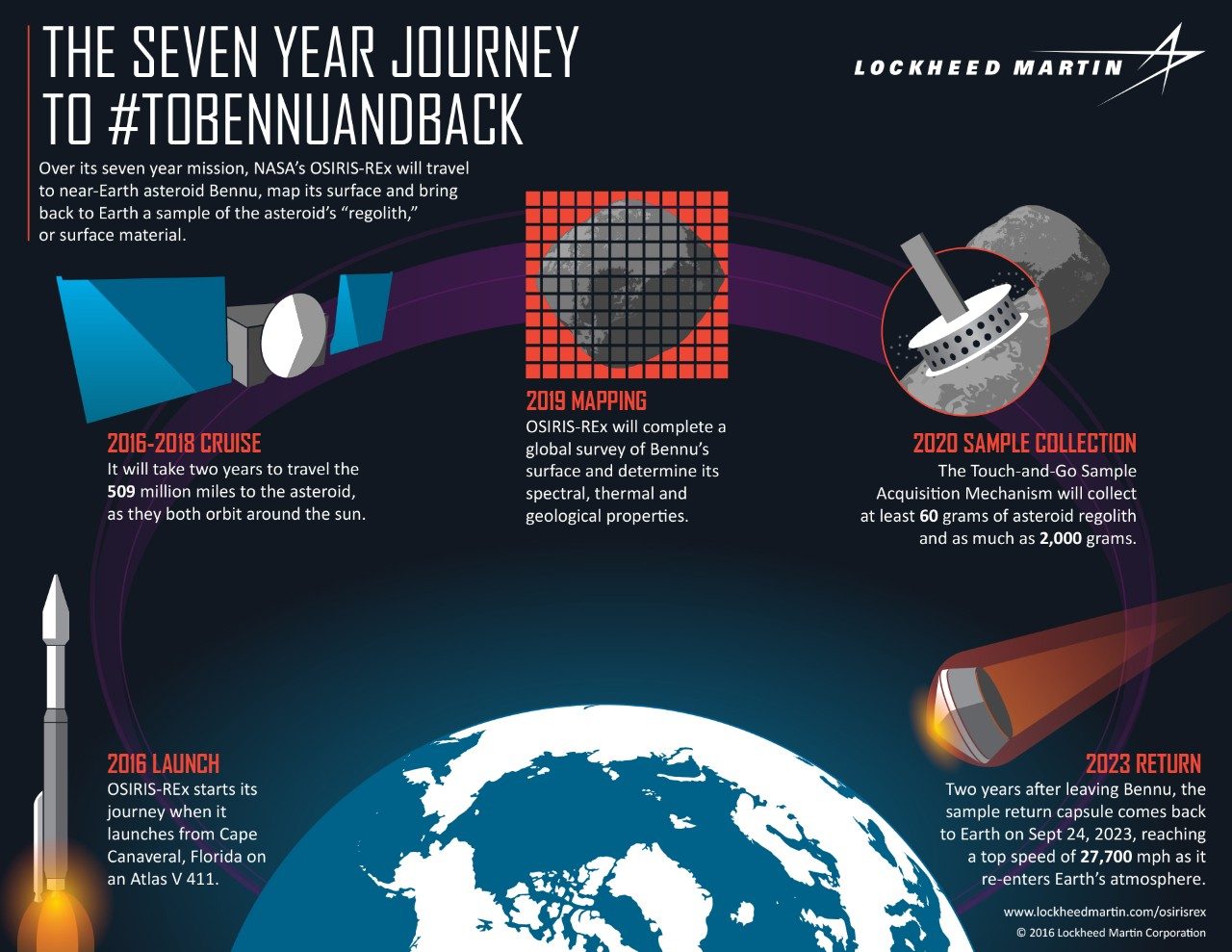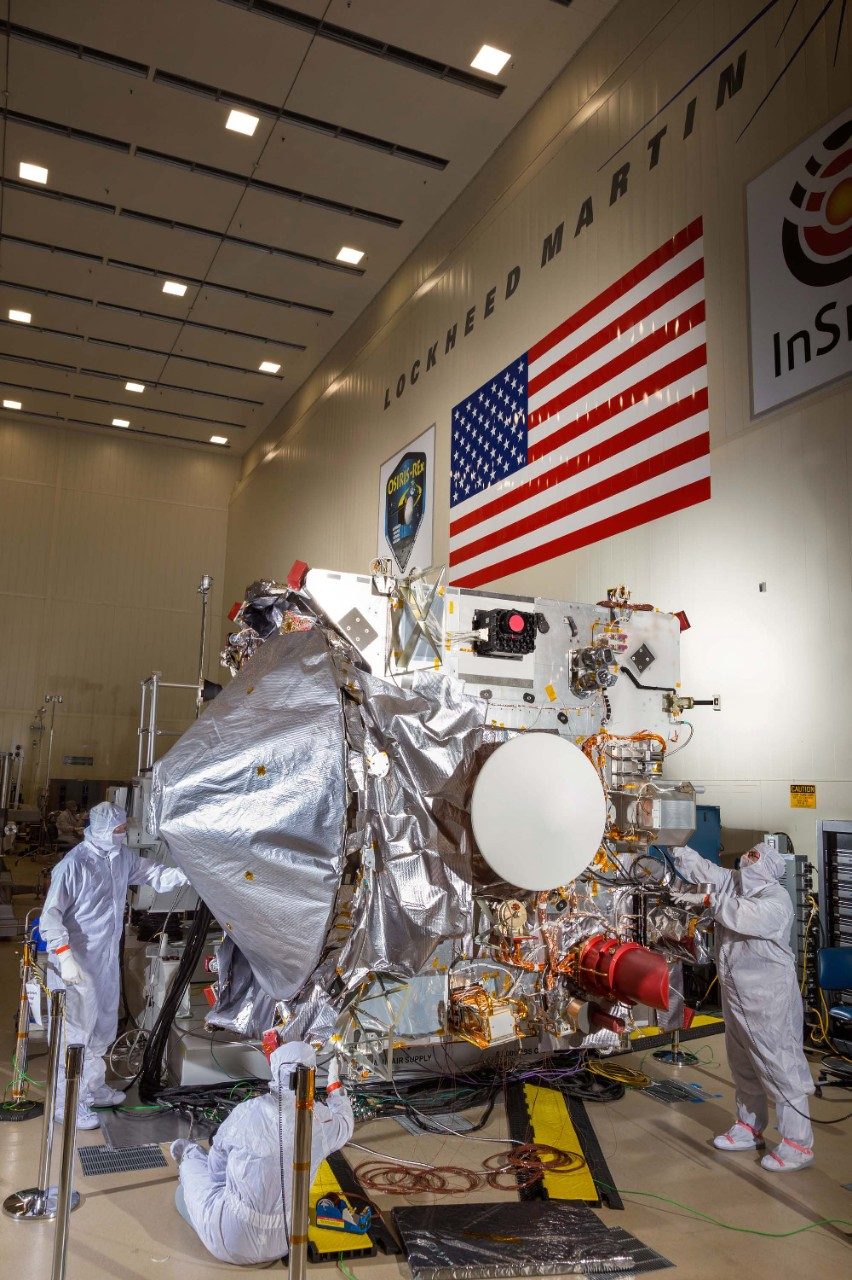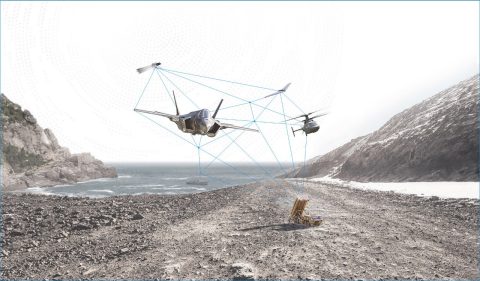OSIRIS-REx Mission
NASA’s OSIRIS-REx mission will study a near-Earth asteroid. The Origins, Spectral Interpretation, Resource Identification, Security-Regolith Explorer, or OSIRIS-REx, mission is NASA’s third New Frontiers science mission and is led by the University of Arizona and managed by NASA’s Goddard Space Flight Center.
Launched on Sept. 8, 2016, the spacecraft will rendezvous with asteroid Bennu, conduct a two-year detailed survey of Bennu from orbit, and collect a sample and bring it back to Earth. The sample will be the first for a U.S. mission, giving insight into the early formation of our solar system, and may provide clues to the origin of life on Earth.
Lockheed Martin designed and built the OSIRIS-REx spacecraft, asteroid sampling system and sample return capsule at its facilities near Denver. The company is also operating the spacecraft from its Mission Support Area from launch through sample return.
Key Mission Dates:
- Launch: Sept. 8, 2016
- Earth Flyby: September 2017
- Asteroid Operations: Begin August 2018
- Touch-And-Go Sample Collection: October 2020
- Asteroid Departure Maneuver: March 2021
- Sample Return to Earth: Sept. 24, 2023


The Spacecraft

The OSIRIS-REx spacecraft draws from a strong heritage of Lockheed Martin’s previous planetary spacecraft, while incorporating innovative technologies that make this sample return mission possible. When you look at OSIRIS-REx, its structures and subsystems can be traced back to MAVEN, Juno and Mars Reconnaissance Orbiter. The sample return capsule comes directly from the Stardust comet sample return mission.
The specific composition of the asteroid is unknown. In order to a collect sample from its surface, Lockheed Martin developed an innovative first-of-its-kind sample collection method and hardware. The Touch-And-Go Sample Acquisition Mechanism (TAGSAM) is an elegantly-simple device that acts as a “reverse vacuum,” blowing compressed nitrogen gas to stir up regolith (dirt) from Bennu and collecting it in a special ring-shaped canister. It will collect between 60 and 2,000 grams (2.1 – 70 ounces) of material.
OSIRIS-REx has a suite of instruments to thoroughly measure and map the asteroid, including visible-light cameras, infrared spectrometers, an x-ray spectrometer and active-scanning LIDAR. These tools will provide incredibly detailed information about Bennu.
Spacecraft Stats:
- Length: 20.25 feet (6.2 m, with solar panels deployed)
- Width: 8 feet (2.43 m) x 8 feet (2.43 m)
- Height: 10.33 feet (3.15 m)
- TAGSAM Length: 11 feet (3.35 m)
- Dry Mass (unfueled): 1,940 pounds (880 kg)
- Wet Mass (fueled): 4,650 pounds (2,110 kg)
- Power: Two solar panels generate between 1,226 watts and 3,000 watts depending on the spacecraft’s distance from the sun.
- Solar Arrays 8.5 sq/meter (91.5 sq/ft) on 2-axis gimbals




